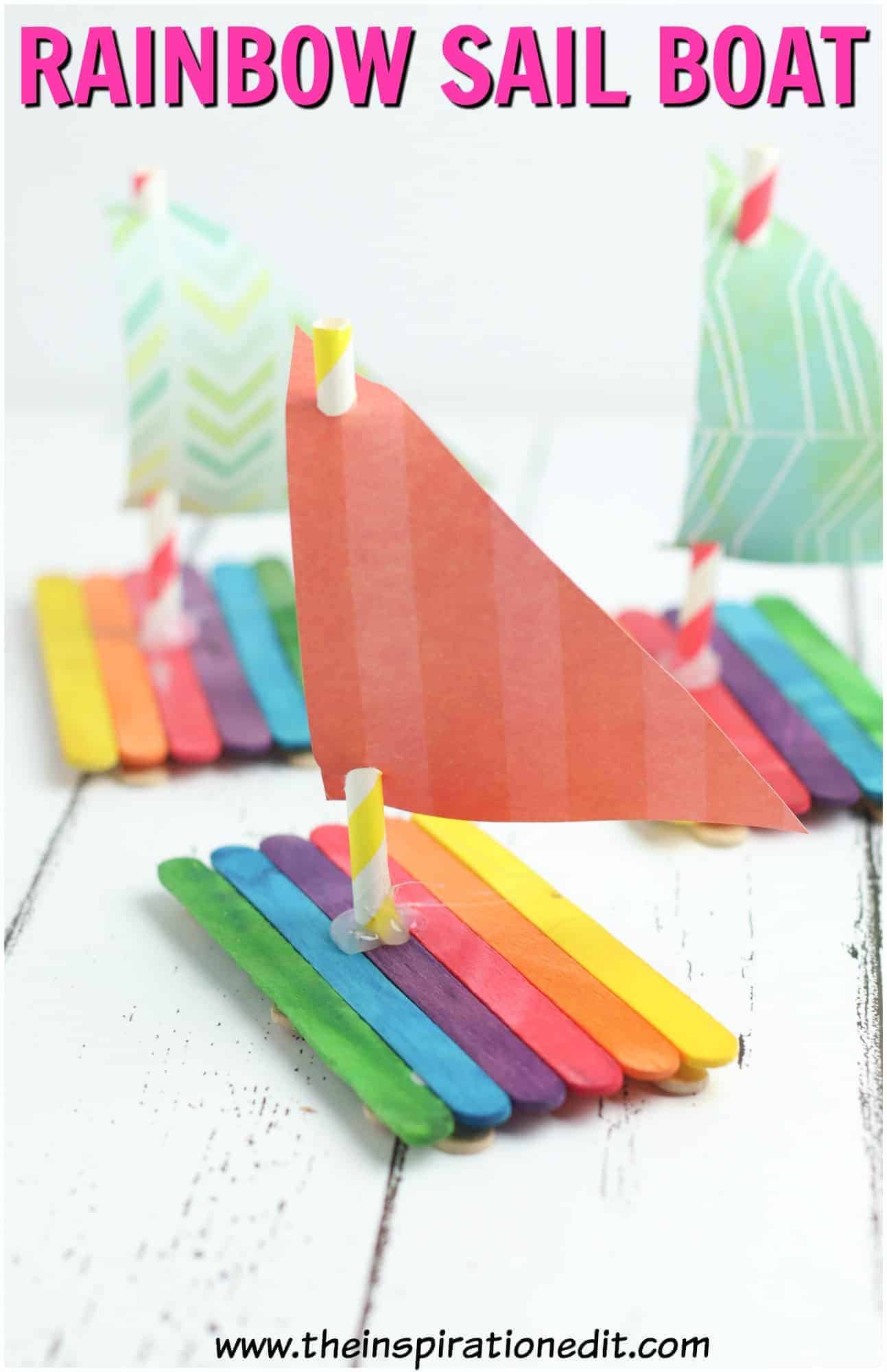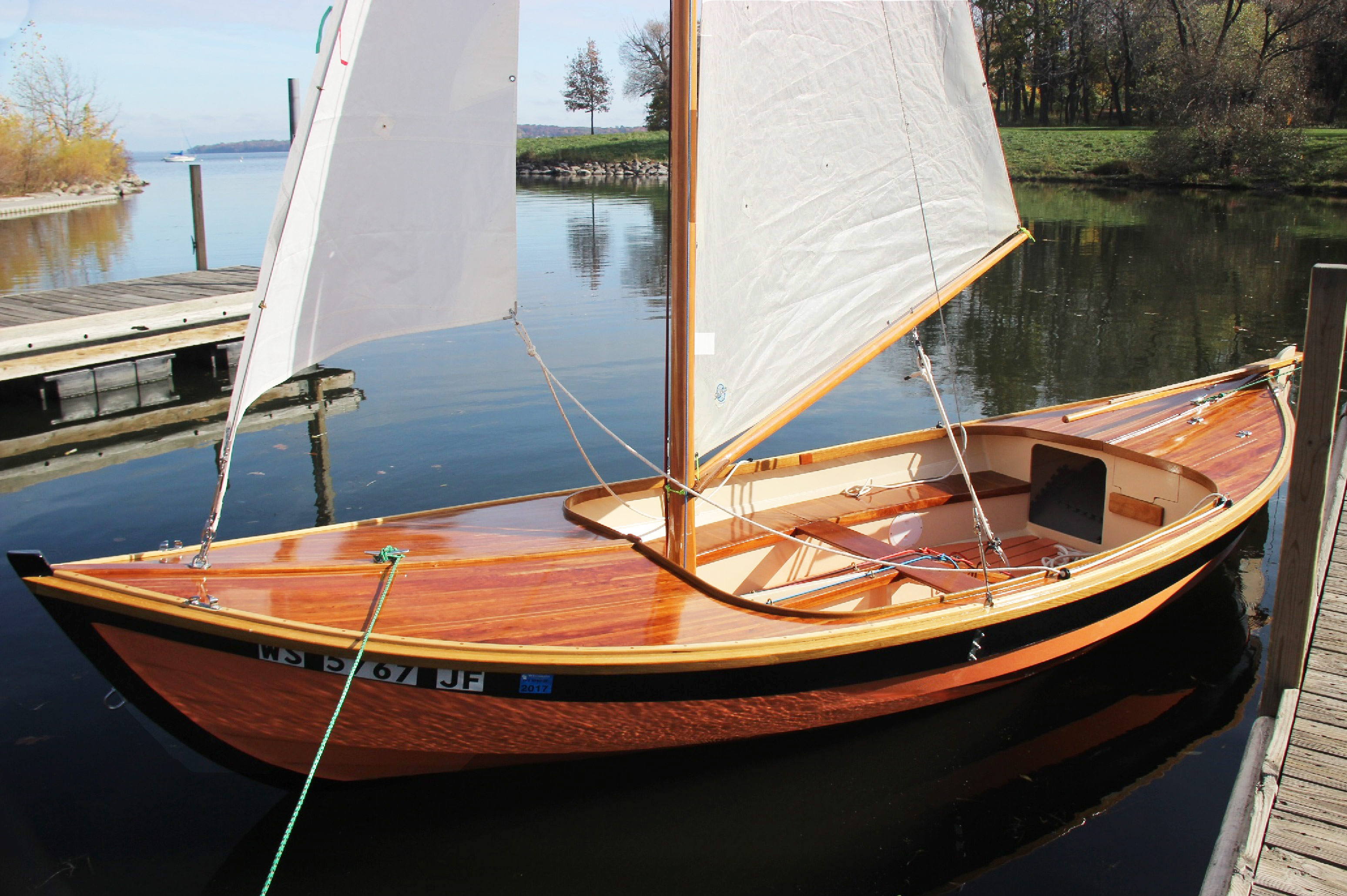
Sailing Boat Plans: Beyond the Blueprint â€" Unveiling Hidden Strengths
Building a sailing boat is a monumental undertaking, a blend of art, engineering, and sheer grit. While countless plans exist, many focus on established designs. This article delves into often-overlooked aspects, offering fresh perspectives for crafting a truly exceptional vessel. We'll explore these concepts through a question-and-answer format, weaving in real-world examples and cutting-edge research to illuminate the path to superior boatbuilding.
Beyond the Hull: Exploring Unsung Stability Factors
Q: How can I design for stability beyond traditional methods like beam and ballast?
A: While beam and ballast are crucial, let's consider the often-neglected role of hull shape interaction with waves. Recent research (referencing studies from the Naval Architecture Department at MIT, for example) highlights the importance of 'wave-piercing' hull forms. These designs minimize slamming and improve stability by reducing the impact of waves on the hull. Think of a sleek, elongated bow that slices through waves rather than being thrown around by them. This also necessitates a nuanced understanding of hydrodynamics and the expected sea conditions where your boat will operate. For a specific example, examine the hull design of the cutting-edge ORC racing yachts. They represent an evolution in wave-piercing design. Integrating Computational Fluid Dynamics (CFD) software into your design process can help visualize and optimize this interaction significantly.
Q: How can I minimize structural weaknesses often found in amateur-built boats?
A: Many amateur builders overlook the crucial interplay between material selection and structural design. For example, using modern composite materials like carbon fiber or fiberglass reinforcements in key stress areas, while perhaps more expensive initially, dramatically increases strength-to-weight ratio. Consider meticulously analyzing stress points using Finite Element Analysis (FEA) software, readily accessible even to hobbyists through cloud-based platforms. This can reveal potential weak points before they become catastrophic failures. A real-world example: a builder I know meticulously used FEA to optimize his mast design, resulting in a significantly lighter and stronger mast compared to traditional designs for his same-size boat.
Materials and Methods: Rethinking the Basics
Q: Are there innovative material combinations that offer superior strength and lightness?
A: Absolutely! Consider exploring hybrid composite constructions. For example, combining sustainably sourced wood (like sustainably harvested bamboo) with epoxy resin and strategically placed carbon fiber reinforcements creates a remarkably strong yet lightweight structure. This approach reduces environmental impact while boosting performance. The research into bio-composites is constantly evolving, presenting exciting opportunities for sustainable and high-performance boatbuilding.
Q: Beyond traditional joinery, what advanced techniques can enhance the boat’s structural integrity?
A: Advanced techniques like vacuum bagging for composite layups or using CNC (Computer Numerical Control) machining for precise timber shaping can dramatically improve the quality and strength of the final product. Vacuum bagging removes air pockets, ensuring a perfectly consolidated laminate, while CNC machining eliminates human error in complex cuts. While these require investment in equipment or specialized skills, the resulting precision and efficiency more than justify the effort in the long run.
Sailing Performance: Beyond the Obvious
Q: How can I optimize my sail plan for superior performance, considering less-discussed factors?
A: Most focus on sail area and aspect ratio. However, consider the impact of sail shape and its interaction with airflow. Modern computational fluid dynamics (CFD) simulations allow for detailed analysis of sailcloth performance under various wind conditions. Understanding laminar vs. turbulent airflow over different sail shapes allows for fine-tuning that can yield significant performance improvements. This data-driven approach can lead to surprising results, perhaps suggesting unconventional sail cuts or materials for optimal efficiency.
Building a sailing boat is an enduring pursuit, one fueled by passion and precision. By embracing new perspectives, utilizing modern technology, and meticulously analyzing every aspect of the design, boatbuilders can create exceptional vessels that transcend the limitations of traditional methods. This isn't just about building a boat; it's about crafting a masterpiece of engineering and design.
















